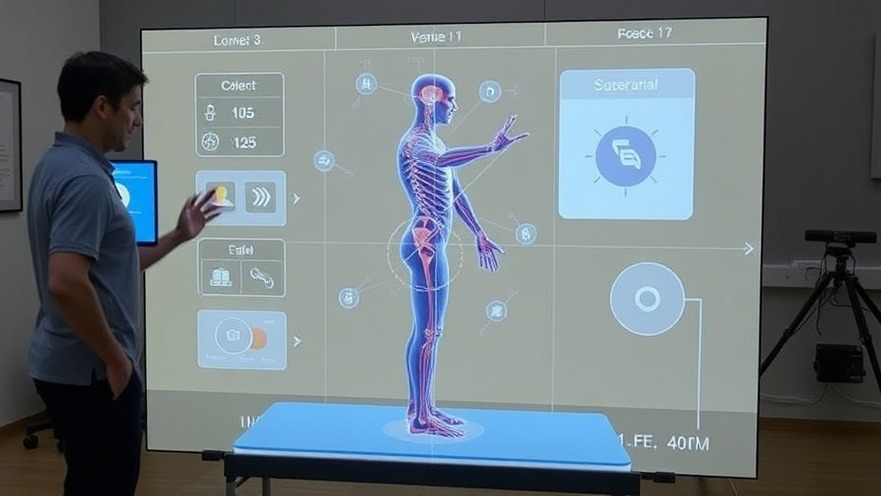
Revolutionizing Physical Therapy: LainaHealth's AI-Powered Model
In a groundbreaking move for healthcare, LainaHealth has launched an innovative AI-powered virtual physical therapy model that promises to bridge gaps in access while slashing costs. Formerly known as IncludeHealth, the company is on a mission to transform the traditional physical therapy landscape by pairing licensed physical therapists (PTs) with their proprietary WebAI assistant, Laina.
Addressing Patient Barriers to Care
A staggering 65% of physical therapy prescriptions go unfilled, largely due to significant barriers such as long waiting periods, high costs, and transportation problems. The new model from LainaHealth directly addresses these issues. With an initial evaluation by a Doctor of Physical Therapy (DPT) completed within a week, patients can swiftly move onto their care journey. This efficiency is a significant leap from the conventional months-long waits.
How LainaHealth Works: Merging Expertise with Technology
The LainaHealth system emphasizes the collaboration between human expertise and artificial intelligence. After an evaluation, patients receive a personalized care plan that is implemented and monitored through the Laina AI assistant, enabling them to do their exercises at their convenience. This system requires no additional hardware, relying instead on devices that patients already own, making the approach highly accessible.
The motion-tracking technology in the Laina assistant provides real-time feedback, allowing users to understand and correct their movements during therapy sessions. Additionally, therapists maintain oversight of patient progress and satisfaction, which fosters a tailored therapeutic experience. This model ensures that the essential caregiver-patient relationship is preserved, counteracting fears that AI could diminish personal contact.
Exceptional Results Through Validation
The 15-month validation period for LainaHealth spanned various commercial, employer, and government markets, producing significant results:
Cost Effectiveness: The model demonstrated a cost reduction of over 50% per therapy episode, with the average cost dropping to just $300—up to 75% less than traditional methods.
Patient Engagement: The platform doubled patient adherence, with an average of 20 sessions per user over 9.2 weeks.
Satisfaction Rates: Patients have rated their experience highly, earning an average satisfaction score of 8.8 out of 10.
Health Outcomes: Notably, patients reported an average pain reduction of 65%, underscoring the model's efficacy.
A User's Experience: The Proof is in the Pain Reduction
One compelling testimonial comes from Nga Do, a 68-year-old patient who achieved a complete resolution of chronic knee pain after participating in 52 sessions using the platform. Remarkably, she shared, "I don’t even know how to turn on my TV, but I easily did physical therapy with LainaHealth.” Her story exemplifies the model's simplicity and effectiveness.
The Future of Physical Therapy: Opportunities Ahead
The implications of LainaHealth's model extend beyond mere convenience. As healthcare trends incline towards more integrated digital solutions, the potential for AI to enhance patient care is becoming clearer. The model also serves as a prototype for how technology can be ethically integrated into clinical practices, ensuring human oversight while leveraging AI's capabilities.
Why Health Practitioners Should Embrace This Change
For concierge health practitioners who may feel overwhelmed by the fast-paced technological landscape, LainaHealth presents an opportunity to modernize their practices without losing touch with patient care. The collaboration with Laina allows for a new dimension in physical therapy that is not only effective but also resonates positively with patients seeking affordable care.
In conclusion, LainaHealth's AI-powered virtual physical therapy model is not just a technological innovation but a pivotal change in how care can be delivered effectively and affordably. Health practitioners should seriously consider leveraging such models to enhance service delivery and improve patient outcomes. Exploring these innovations could be crucial for your practice's growth in a competitive healthcare environment.
 Add Row
Add Row  Add
Add 




Write A Comment